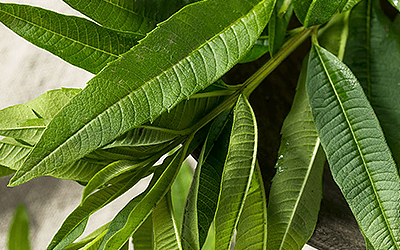For many patients, local anesthetic injections can be a source of pain and anxiety, even though they are intended to alleviate discomfort during dental procedures. Topical anesthetics, such as benzocaine gel, are often applied before injections to minimize needle pain. However, benzocaine's efficacy has been debated, with studies reporting mixed results.1 Clove—a common culinary spice with traditional medicinal uses—could potentially be a natural option as it contains eugenol, a compound known for its analgesic and antiseptic properties.
The Study
To study the effects of clove gel on reducing needle pain, researchers recruited 73 healthy volunteers aged 19 to 25 years, consisting of medical, dental, and pharmacy students. The study compared four substances: homemade clove gel and a placebo mimicking clove gel as well as benzocaine 20% gel and a placebo mimicking benzocaine gel.
Participants were randomly divided into two groups: one tested clove gel against its placebo, and the other tested benzocaine gel against its placebo.
For each participant, one side of the maxillary canine buccal mucosa was treated with an active gel and the other side with its corresponding placebo. The gels were applied for five minutes before two needle sticks were administered. Pain was measured using a 100-mm visual analogue scale (VAS), where 0 indicated no pain and 100 represented unbearable pain.
The Results
Both clove and benzocaine gels significantly reduced pain compared to their respective placebos. However, there was no statistically significant difference in pain reduction between clove and benzocaine, indicating that clove gel is as effective in lessening needle pain as benzocaine gel.
Both treatment gels caused a slight burning sensation during application, with one participant reporting a “pain-like” feeling after benzocaine application. Four out of 73 participants experienced minor aphthous-like ulcers in the areas of clove application, possibly due to the eugenol content.
What Does this Mean?
The findings suggest that clove gel is effective for reducing needle stick pain. The fact that it is cost-effective, natural, and widely available makes it a viable substitute for benzocaine.
Future studies should investigate its application in diverse clinical scenarios and optimize its formulation to minimize side effects. This natural alternative could revolutionize topical anesthesia, making effective pain relief accessible to a broader population.
Other herbs with analgesic potential include cat's claw, garlic, and peppermint.
Sources
- Journal of Dentistry, The effect of clove and benzocaine versus placebo as topical anesthetics, 2006
Footnotes:
- Oral Surgery, Oral Medicine, Oral Pathology, Oral Radiology, and Endodontology. (2002). Comparison of topical anesthesia of 20% benzocaine and 60% lidocaine gel. Retrieved December 19, 2024, from https://pubmed.ncbi.nlm.nih.gov/12221381/




